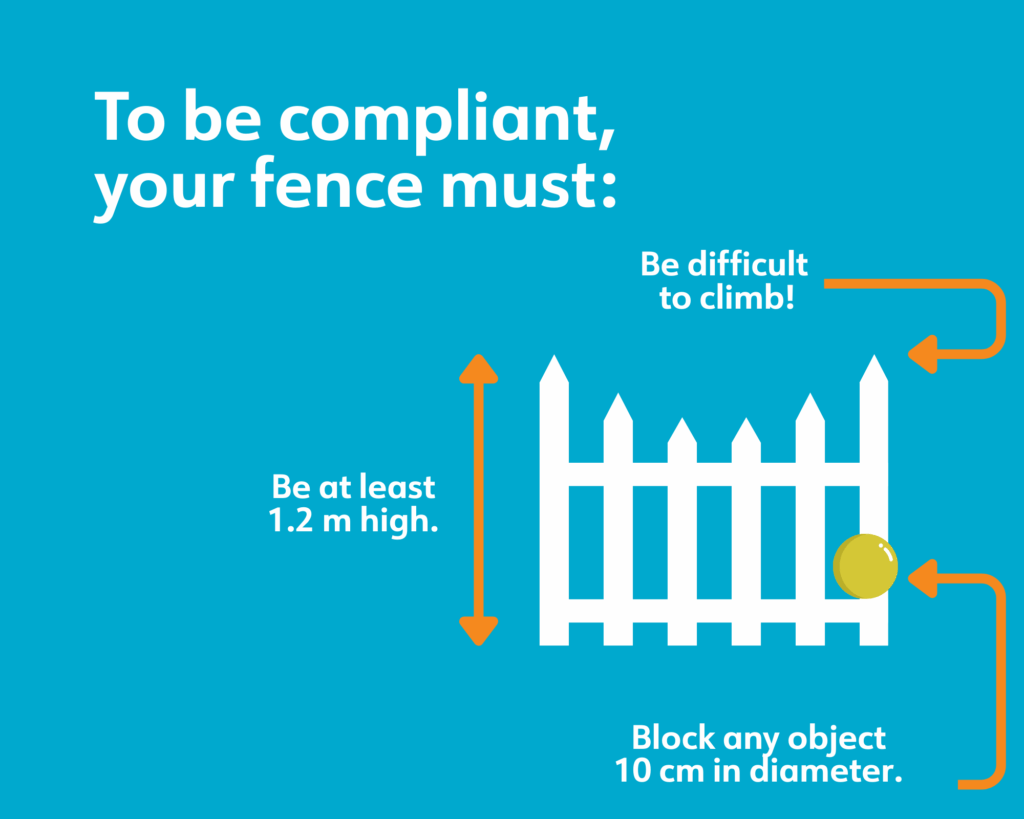New safety rules came into effect in July 2021, but not everyone had to follow them right away. If your pool was installed before November 1, 2020, you were supposed to comply by September 30, 2025. But in the end, Quebec has pushed back the deadline by one year in response to the confusion and dissatisfaction expressed by some pool owners.
Are you finding it hard to figure this all out? Here’s a quick look at the rules you should know, and how they apply to you.

Pool fences must meet new safety standards. These standards are designed to limit the risk of drowning from unsupervised swimming. If your pool fence doesn’t meet these new standards, you could face a fine of $500 or more.
|
The government hasn’t yet confirmed the exact deadline for complying with these new standards. They will do that by presenting a new draft law this fall. |
Choose the right fence
Any pool with a depth of 60 cm or more must have a fence around it, even if it’s an inflatable or temporary pool. To comply with safety regulations, the fence must:
- be at least 1.2 m high,
- prevent the passage of any round object 10 cm in diameter,
- be difficult to climb.

For chain-link fences, the mesh openings should be 3 cm or less. If the openings are wider than 3 cm, you must insert slats. This rule applies only to fences installed or replaced in 2021 or later. However, if you’re putting in a new pool to replace the old one, you’ll need to make sure your fence meets this requirement, and follow all the other requirements in the Residential Swimming Pool Safety Regulation.
|
Did you know? |
Access to the pool
Every gate must have a self-closing and self-latching security device installed on the inside of the fence. The device can be installed on the outside of the fence, if it’s at a minimum height of 1.5 m from the ground.
Respect the minimal distance
Installing a new fence to respect the new rules? Make sure your fence isn’t right next to pool-related equipment, like a water heater or pump, that a child could climb to access the fence. The equipment must be at least one metre away from the above-ground pool or from the pool fence, if it’s outside the fenced area.
Check municipal by-laws
Your municipality may have stricter regulations than those mentioned above. Check with your municipality to ensure you’re doing everything correctly. Better safe than sorry, especially when it comes to swimming pools!
|
To learn more about the Residential Swimming Pool Safety Regulation, check out the guide written by the Ministère des Affaires municipales et de l’Habitation (department of municipal affairs and housing) (French only). |





